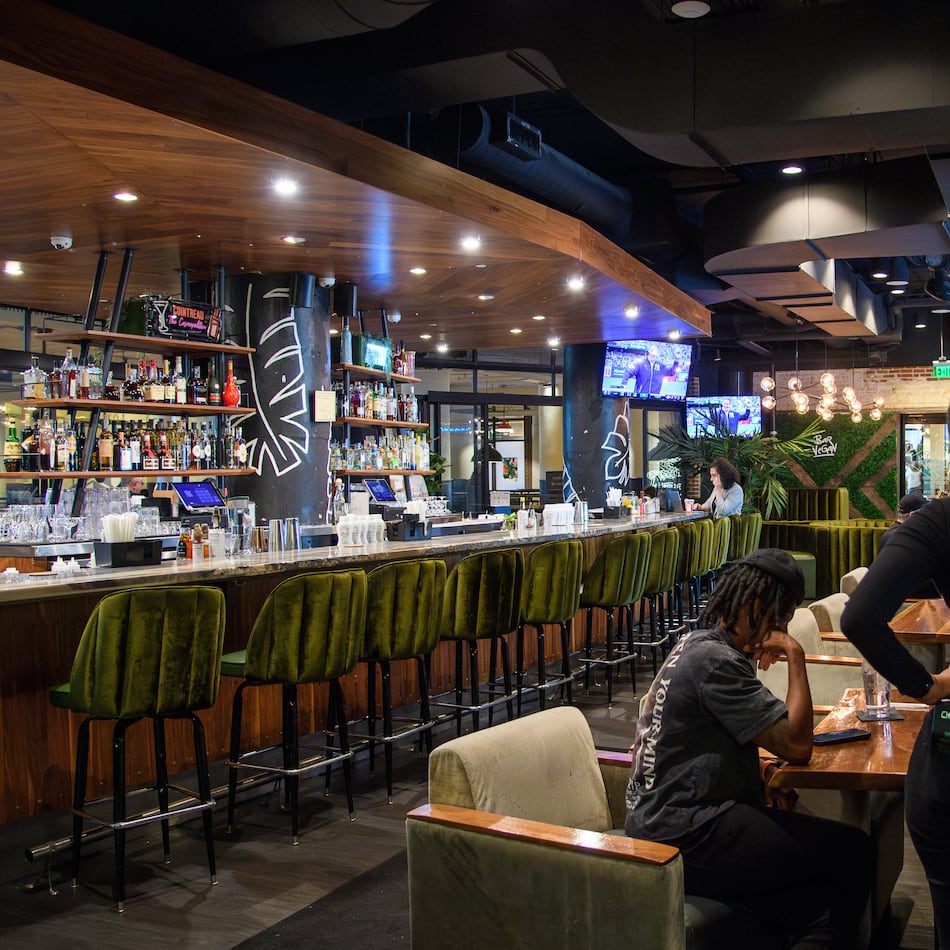Research has shown a widening and troubling gap between the academic performance of rich and poor children in America. The widening has been fueled by not only higher quality schools typically attended by more affluent children, but by the time and effort put into their cognitive development by their parents, according to the research.
The concern has been whether low-income students can close this gap — the rich-poor gap is about 40 percent larger now than 30 years ago — and advance the socioeconomic ladder. New research now gives some hope. Findings released Friday show the gap in kindergarten academic readiness between high- and low-income students narrowed by 10 percent to 16 percent between 1998 and 2010.
The significant narrowing comes after decades of a widening gap that caused education advocates to fear the United States was at risk of producing a permanent underclass. The school readiness gap for cohorts of children born in the mid-1970s and mid-1990s had grown by about 40 percent. This sharp reversal of that trend appears to verify the value of early childhood programs, but may also show low-income parents understand the importance of reading to their young children and developing their cognitive skills.
To read more, go to the AJC Get Schooled blog
About the Author
Keep Reading
The Latest
Featured

